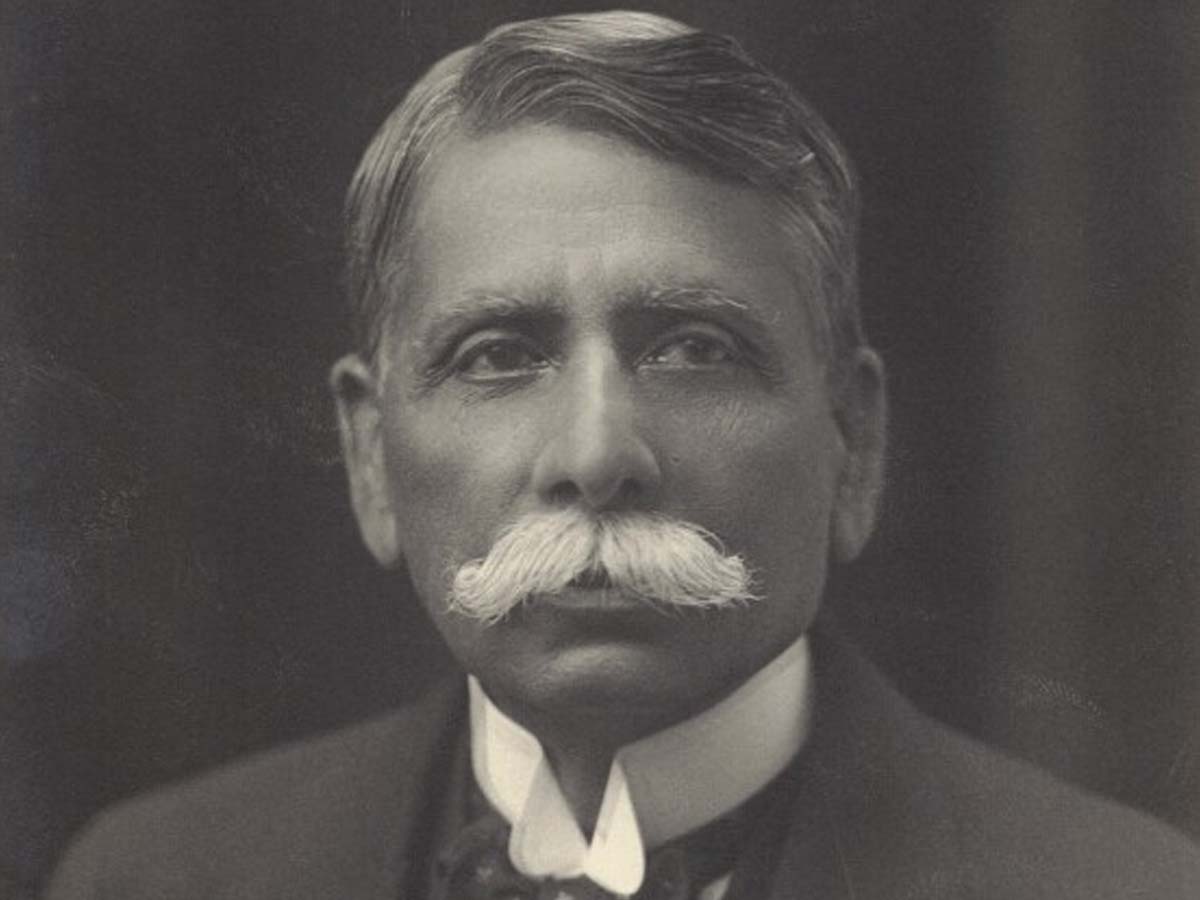
This is the story of Ameer Ali whose exploits during the 19th century formed part of the native folklore of central and south India.
A dreaded leader of a gang of thugs, Ameer Ali had confessed to strangling 719 men and women to death and lamented inability to reach the four-figure mark because of a 12-year long jail sentence.
Philip Meadows Taylor, who had served in British India and was dewan under the Nizam, documented in rich detail the life and times of Ameer Ali in his best-selling Confessions of a Thug ( first published in 1840 A.D.)
Ameer was five years old when a gang of thugs throttled his parents to death. The thugs raised the orphaned boy as their own and trained him. The boy grew up to become an accomplished thug. His stock in the gang soared high after the teenager slayed a tigress with a sword, before he was formally anointed into the gang.
Thuggee was more than just highway robbery; it was a well-knit and superbly trained cult whose members, Hindus and Muslims, drew inspiration from the Goddess Bhowanee, and scrupulously observed rituals and ceremonies such as Tupounee.
The thuggee modus operandi is interesting. Posing as travellers, they become friendly with traders carrying valuable merchandise and rope them in on the pretext of better safety and protection. This is the job of a sotha, an expert in conning people with glib talk.
The location and time of the operation is pre-planned. A batch of lughaees is sent in advance to dig graves. Each man known as Bhuttote is positioned right behind the unsuspecting victim with a handkerchief ready. As the coded signal such as ‘Paan lao’ goes up, the Bhuttote tightens the kerchief round the neck and the victim slumps to the ground, choked to death. In no time, they dump the bodies in the ready-made grave and move on with the booty.
The thugs continued their depredations with immunity across the country, mostly in Central and South India. The colonial authorities were not even aware of the problem until the early 19th century, because the smart thugs left no evidence of crime. They enjoyed the tacit support and patronage of landholders and village heads.
The magistrate of Nursingpoor in the present Madhya Pradesh claimed to know every inch of the land and every criminal in his jurisdiction. He was shocked when the bodies of no fewer than one hundred travellers were unearthed from a grave only 400 yards from his court.
The Governor-General, William Bentinck, initiated strong measures to put down the evil practice. The crackdown proved encouraging with over 400 thugs hanged, 1000 deported and another 1000 jailed between 1830 and 1840. Still 1800 others were stated to be on the prowl.
The Hyderabad connection
Ameer Ali was bowled over by the City of Pearls, its beauty and charm far exceeding his wildest imagination. From an elevated point on the outskirts, the spectacle that unfolded before his eyes was ‘Hoossain Sagor.’ He was dumb-struck. ‘We stood a long time gazing upon the beautiful prospect, so new to us all, and wondering whether the sea, of which we had heard so much, could be anything like what was before us.’
Ameer Ali who watched Moharrum procession pass by Charminar wondered ‘who can describe the splendor of the effect of the thousands of torches, the thousands of aftab-geers, and pennons of all descriptions, the hundreds of elephants, gaily caparisoned, bearing on their backs their noble owners, clad in their richest apparel, attended by their armed retainers and spearmen, some stationery, others moving to and fro, amidst the vast mass of human beings.
‘But the object the most striking of all was the Char Minar itself, as the procession passed under it; the light of the torches illuminated it from top to bottom, and my gaze was riveted, as though it had suddenly and startlingly sprung into existence……. Who can describe its magnificence? Such a scene must be seen to be felt.’
Ameer Ali gang gathered intelligence that a huge cache of gold and other valuable articles was stashed by thieves in a cave guarded by a young sturdy fakeer. The cave was flanked by two enormous rocks at a spot between Begum Bazar and Karwan. While his associate managed to enter the hideout, make friends with the fakeer and lull him into sleep with opium, Ameer Ali followed. A sudden blow by the flat of the sword made the slumbering fakeer sit up. In a flash, Ameer’s kerchief did its job. Ameer Ali and men carted away the valuables to enrich their booty.
The notorious thug was imprisoned thrice. He was shifted to solitary confinement after he and cell-mate tried to escape. He was freed after he agreed to help authorities track down fellow thugs, including his mother’s killer.
Ameer Ali’s story had all the elements of adventure, romance, revenge, faith and philosophy. He took care to keep his wives and daughter in the dark about his activities.
The last phase of Ameer Ali’s life was miserable. His wife died in abject poverty and his daughter was put under the care of a ‘moolah’. In his later years, he was allowed to take a moment’s look at his daughter without her knowledge. He did not want the shadow of his past to affect her life. He was happy to see her playing with other girls and also had the satisfaction of avenging his parents’ death, choking one to death and sending the other to the gallows.



